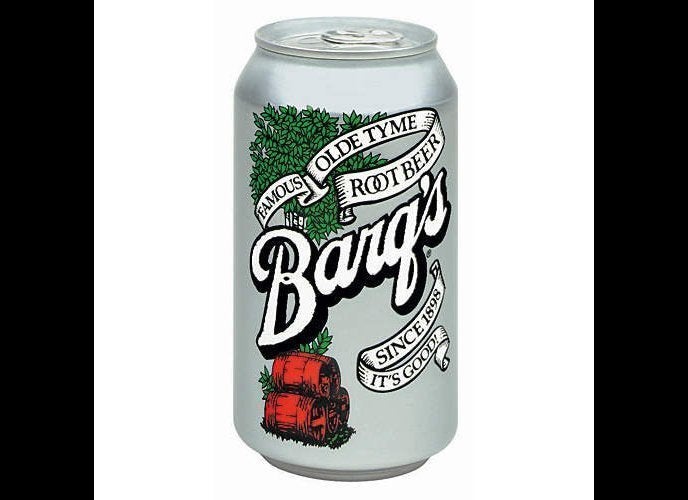
Before it's boiled down to the sweet stickiness coating your pancakes, a decidedly thinner, less sugary progenitor of the syrup flows through maple trees, providing nutrients from the ground up. Farmers tap maple sap from the trees during a small two-to-three-week window in the spring, according to the Boston Globe. While most boil the sap down to gooey syrup to be bottled and sold to breakfast enthusiasts around the country, a handful of companies have started selling the substance in its pure (but pasteurized) form, calling it "maple water" and ascribing a handful of health properties to it. Some are calling the new, trendy drink, sold by companies like DRINKmaple, Verical Water and SEVA, the new coconut water.
But is maple water all it's cracked up to be? Or is sap better left (in moderation!) on flapjacks?
The Claim: Maple water comes with a long list of supposed benefits including bone strengthening and anti-inflammatory advantages, the ability to help thyroid health, control sugar levels, improve muscle function, anti-oxidant perks and enhanced absorption of vitamins and magnesium. There are even claims that the sap contains the "unique organic Abscisic acid," which is supposedly helpful in controlling blood sugar levels. DRINKmaple's website goes so far as to call it "the perfect way to hydrate and nourish your body the same way it nourishes the maple trees."
The Reality: While trees are great for shade, scenery and climbing, we don't have quite the same needs as they do. "Humans need completely different nourishment than maple trees -- so not sure that's anything more than a cute but nonsensical marketing angle," Monica Reinagel, M.S., LDN, CNS tells The Huffington Post.
Some research shows that maple syrup itself does have a few health benefits, containing more than 50 different phytonutrients, including polyphenols and lignans. Some of these compounds have been shown to have anti-cancer properties in lab studies, says nutritionist Julie Upton, M.S., R.D., CSSD and blogger for The Huffington Post. But the fact of the matter is that maple water is so new that there isn't much research behind its magnificent health claims.
"Until I see some research to back up the claims being made about maple sap, I'd stick with enjoying free water," she tells The Huffington Post.
There's also the sugar factor. One serving of maple water contains three to four grams of sugar, compared to the zero grams of sugar found in regular water, Angela Ginn, Academy Nutrition and Dietetics spokesperson, tells The Huffington Post. That may not sound like much, but since the average American consumes 22 teaspoons, or 110 grams of sugar, on a daily basis -- more than three times the 36-gram limit for men and the 20-gram limit for women that the American Heart Association recommends -- every gram counts.
Maple water doesn't offer much calcium or iron, which companies are required to list, but, with the exception of manganese, there isn't much information about the other vitamins and minerals the drink claims to be loaded with listed on the nutrition labels, Reinagel points out. "You'd think they'd be eager to tell us all about it," she says.
The new trend does offer 40 percent of the recommended daily value of manganese, but the fact is that most people actually don't lack the mineral at all. Manganese deficiency is not common, and the larger concern actually lies in the risk of getting too much of the mineral. So do we really need to collect 40 percent of our daily intake from one drink? For most of us, probably not.
The Cost: On average, one bottle of maple water goes for around $3, which comes as no surprise with coconut water costing about the same and raking in $150 million per year. Buying a carton every now and then probably won't break the bank, but it's still more expensive than good old tap water.
The Bottom Line: While maple syrup may contain a slew of potential health perks, sap is more diluted than when it's boiled down to syrup. "I'd put it in the same general category as coconut water. It's certainly more natural than Gatorade, and doubtless better for you than Coke -- two pretty low bars to clear," Reinagel tells The Huffington Post. "Why can't this just be an interesting and tasty new beverage? Why does it also have to be a superfood with miraculous health benefits?"
Although a novel concept, maple water just doesn't have the science to back its claimed health benefits yet. "Maple water may be a hot trend for now, but water is timeless," Ginn tells The Huffington Post. "Bottom line: Drink more water and save your maple syrup for pancakes."
Related
Before You Go
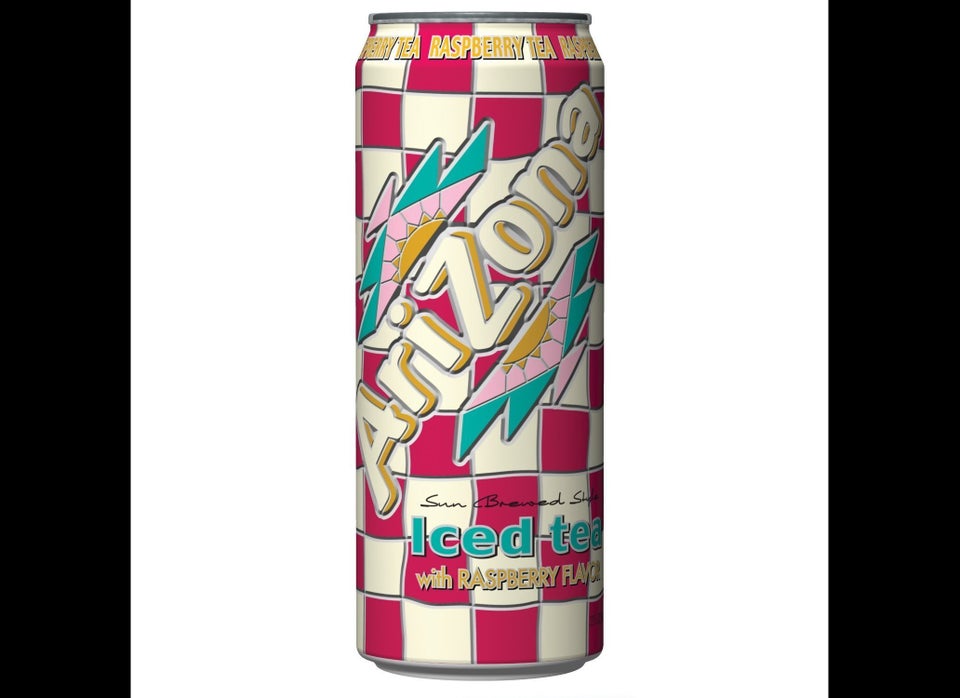
Photo from Amazon.com

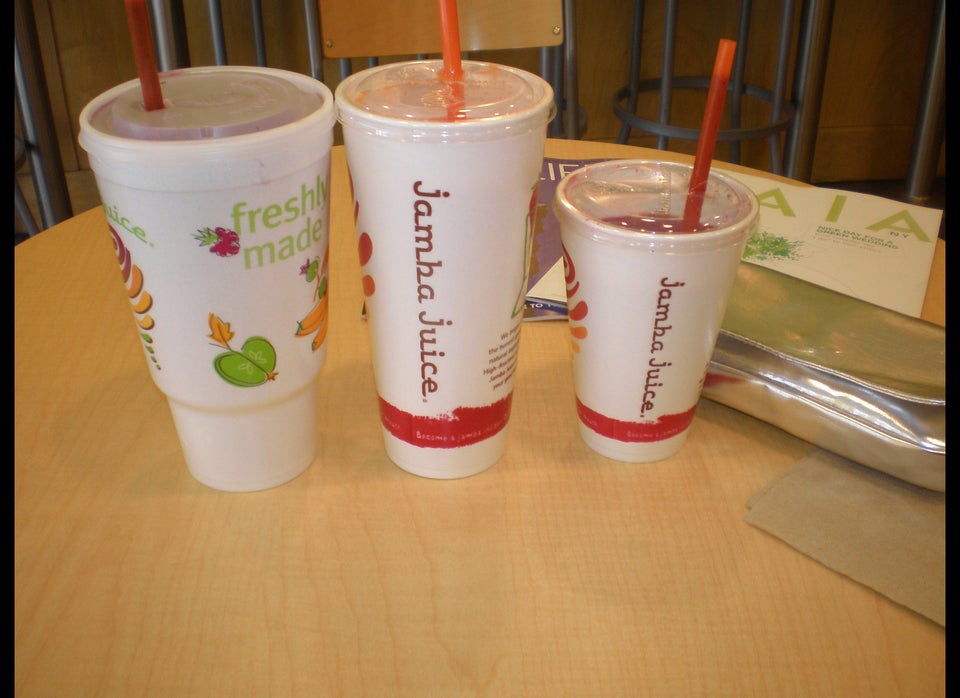
Flickr photo by libookperson
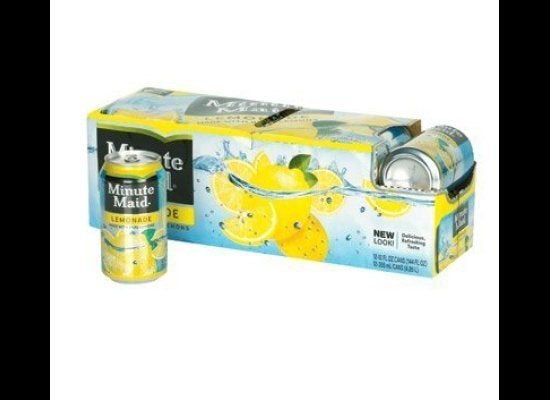
Photo from Amazon.com
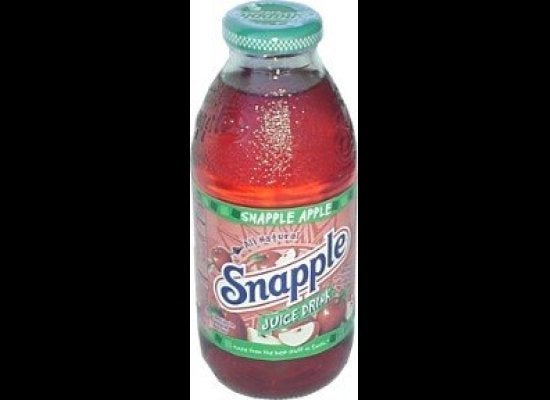
Photo from Amazon.com
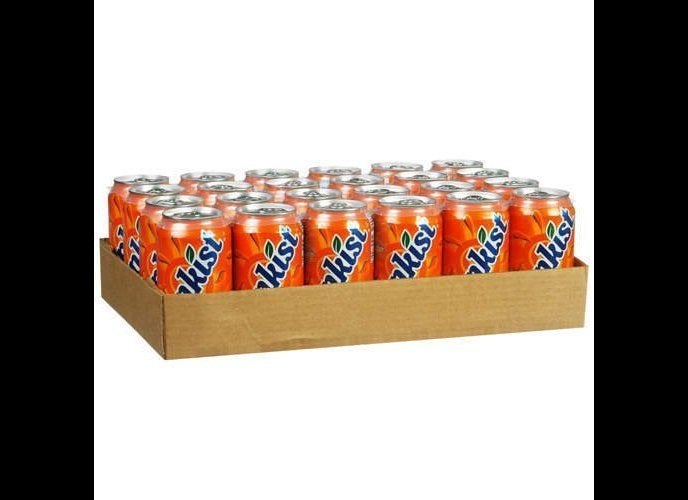
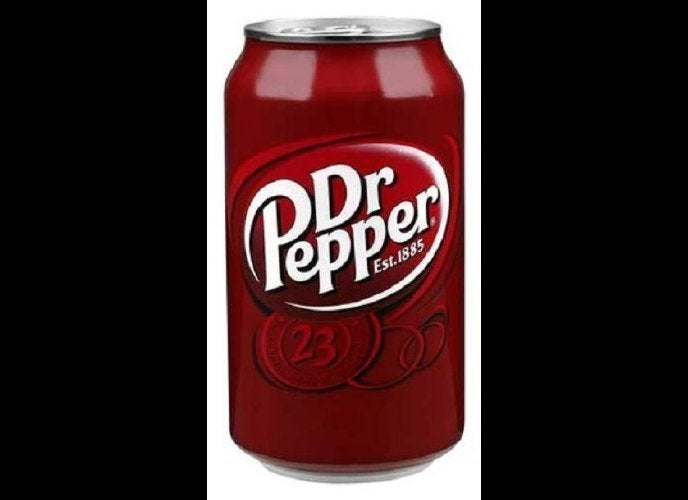
Photo from Amazon.com

Flickr photo by ReneS
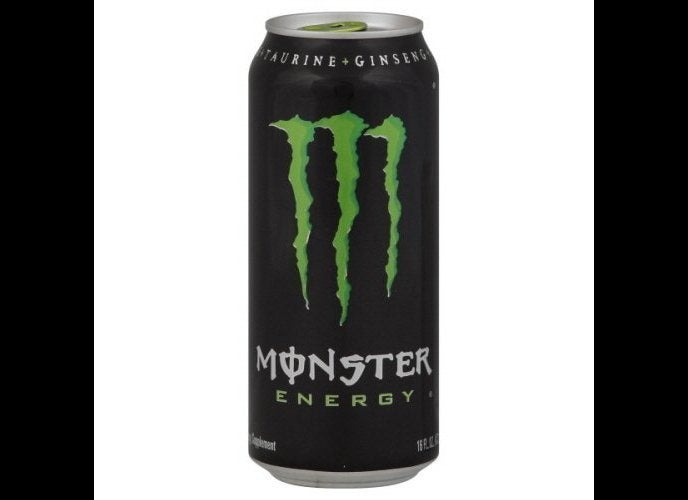
Photo from Amazon.com

Photo from Amazon.com
